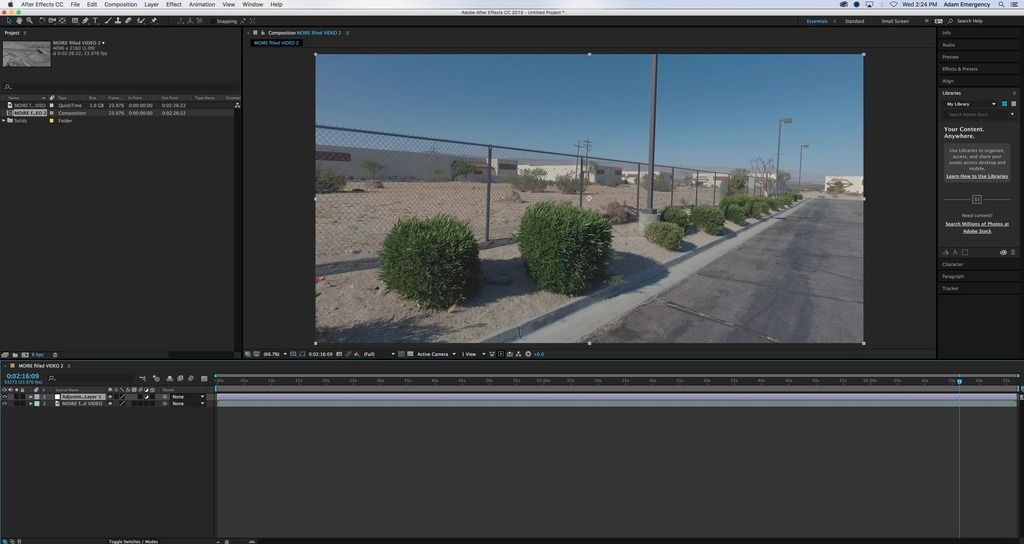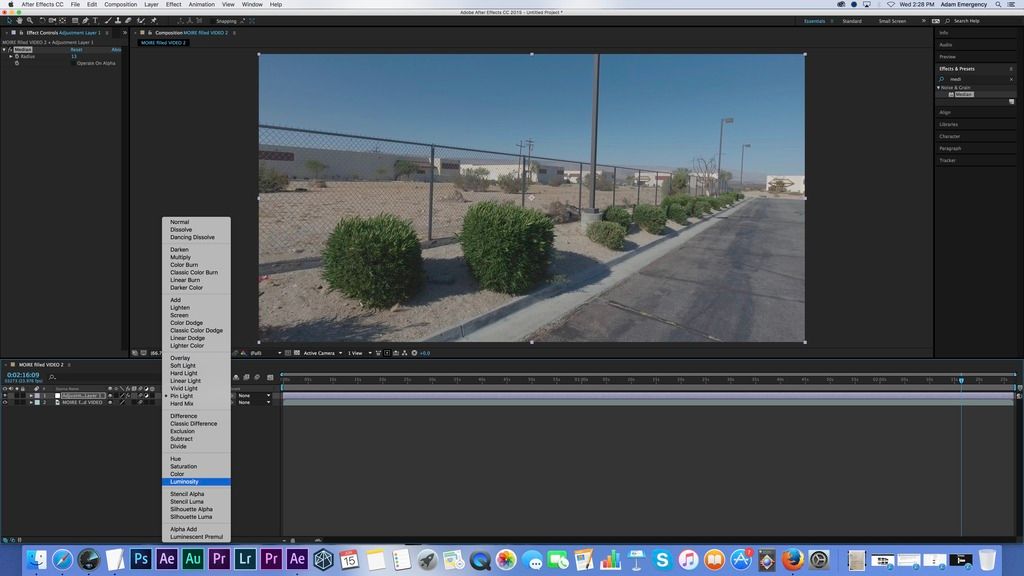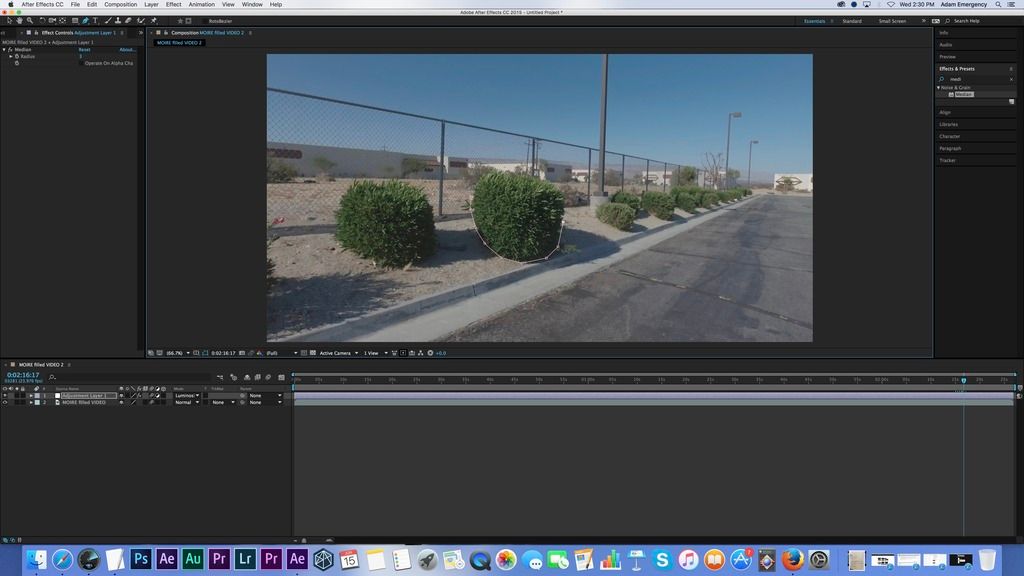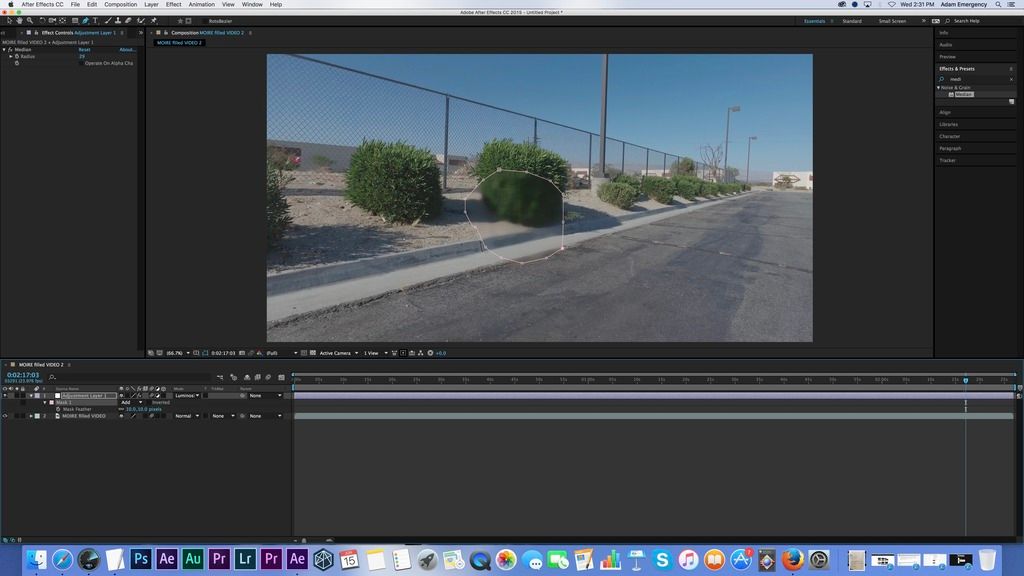I'd like to ask one more question -is there some way how to avoid or eliminate the artifacts - or moiree once the original record is already done. I see it on sea surface in my holiday video and do not know how to get it smooth. I understand there is no simple answer but any hint is welcome...
****EDIT: When I first started to answer this for you, I thought I would just throw you a bone about how it's done but know you probably wouldn't know how and then I kept expounding so you would hopefully understand and it's turned into a quasi-tutorial but I am going to take this info and make a video tutorial out of it. Removing moire is a fantastic idea for a video tutorial for these type of cameras so look for that video from me in the next week or so but for now...
Before I go on at all, if you happen to be using an editor with Digital Anarchy's "Beauty Box", it is quite useful for some color picking methods of moire removal. It's not as good or as targeted as the below method that I am going to give you and you have to own Beauty Box but it will work inside of your editor and I've found it quite good for some moire removal on the quick but probably not for vistas. I usually use if for shirts and the like. It's when I am not getting paid enough to do what I am going to lay out below. Basically you pick a color and tweak it until your moire pattern is gone. The effect wasn't designed for that purpose but it does a bang up job for it.
For the following method, I would use on a well paying gig, or one that I care about like a family video. I've got good news and bad news. The good news is yes, there is definitely a way to fix up moire artifacts in After Effects (and other VFX software but on the desktop, if you are using effects on video, 90% chance you are using After Effects, otherwise you're adding effects in something like Premiere Pro, Avid, FCP or whatever editor) but this move takes some video power and you need to do it in AE.
So the bad news is that it's not as easy as clicking a button. You could I suppose do the first part of what I am going to say over the whole screen and see what it looks like but what you really need to do is isolate the area that has the moire in what is called a matte in AE and then after selecting the matte, you have to keyframe (animate) the matte so it stays in the right place over the whole video (the area with visible moire). In your case, the sea surface area needs to be isolated from the rest of the image and as the camera moves, so must the matte. If you are an advanced to advanced intermediate user of AE, you should be able to pull of an offset track and apply it to your matte. It all depends on the original matte and what else is going on in the image (If the last two sentences are confusing to you, you don't know how to track a matte and should just roto it until you do, and I will teach you). So what you have to do to remove moire for a single frame is SUPER DUPER simple, but picking, animating and if you can, tracking the matte (which is called a "track matte") is where it's difficult. So the harsh irony for you is that removing the moire is a piece of piss but adding the correct matte, animating it, feathering it and doing all those things that will make you a better professional editor/vfx/generalist but will take some time but you might as well get practicing if you don't know how, that is if you want to raise your level to pro.
There are a million ways to try and remove moire and aliasing but I will give you the one I think is the most easy while being useful. There are easier ways even but this is the easiest way to get a pretty good looking finish and there are better ways even after this but it will require an advanced level of After Effects that we are nowhere near yet. Let's think about what moire is and what we are doing to remove it. What is moire? In reality, it's a fabric. It's like a silky fabric and the sheen that comes off of it is a pattern that is used to describe an artifact that is caused in video where the image is too sharp for the movement and so we get a pattern that looks like that silky moire pattern. It's different than aliasing because aliasing is used to describe a similar effect but on edges and is usually called aliasing or "dancing or marching ants" but this method can also help with aliasing as well. But in general, its for moire. To remove something that exists because it's too sharp, the removal of it is the obvious, blur. If you blur the pattern, you will remove it. There are loads of various blurs in AE but we are going to use an effect called MEDIAN which is defined by Adobe as
"The Median effect replaces each pixel with a pixel that has the median color value of neighboring pixels with the specified Radius. At low Radius values, this effect is useful for reducing some types of noise. At higher Radius values, this effect gives an image a painterly appearance." <--- So what this is saying is that it takes the average color value of the specified radius (which is the only variable in median) and selects a median (average) value and applies it to the defined area. So the more pixels you choose (the higher the radius), the larger the sample for the color. But remember, we will be working on the luma channel of color so it won't actually effect our color at all, unless we want it to by duplicating the matte and adding a color median as well. That's something you'll need to tinker with.
The main effect we will use is called the "Median" effect in AE and we will put it on an adjustment layer and we will matte that adjustment layer. I will explain what these things are as I explain what to do.
1. Create NEW adjustment layer and put it directly on top of the layer of video that needs moire removal.
What an adjustment layer is, is a layer that effects everything below the layer and not above it, allowing you to add effects in AE without being a) destructive to the video and b) creating an easily replicated version of an effect. Also we can use blending methods on the layer itself instead of the whole video that way we can tell whatever effects we have on the adjustment layer. Remember I said that MOST (not all of) the moire effect that happens on a video happens on the luminosity channel so we will choose the luma channel in the adjustment layer's blending modes.
2. Set the adjustment layer's blending mode to "Luminosity".
3. Add the MEDIAN effect to the adjustment layer.
There are a lot of ways to add effects in AE. You can hover over the layer, go to effects, go tot he right category, then choose your effect and it's variables will show yup in the "effects" window of AE. You can also go to the "Effects & Presets" search box, type in "Median" and drop it on the layer you want it on. You want it on the ADJUSTMENT LAYER for this.
4. Matte the area that will be the effected part of the layer.
The matte I made around an area that actually has no moire but I just picked a piece of video to show for this. Let's pretend that the plant (2nd to the right) is fall of moire. Now to do this matte correctly, I would need to tediously and finely draw it out by zooming in and making it perfect. VFX on the edges is a game of millimeters and I am not treating it so in this example but I just want you to have the idea. So we are going to draw a matte around the plant (it would be the same thing if it was a roof and it actually had moire). When I do the tutorial on video, I will show you how to best draw it, and how to track it as well. But for now, draw a matte as best as you can.
As you can see, this is quick draw.
5. After you complete drawing the matte around object, area or whatever, mess with the radius settings until you are at the LEAST number you can be while being pleased with the moire removal at that level. Here is an over-cranked version of the median effect. This looks ridiculous on purpose. First, I have no moire to actually remove so I am showing by cranking the hell out of it.
6. Animate the matte so that it moves with the camera. (Track the matte if you know how or if you don't or if it's not possible you have to rotoscope the matte and animate it to the camera). For the uninitiated, rotoscope is a general term in the VFX world where you do something one frame at a time. For example, wire removal one frame at a time is rotoscoping. I once had a gig on a feature film (when I was just starting out) where I had to remove frame by frame a booger out of Steven Seagal's nose for a whole scene. True story! Talk about paying dues.
I can't really show this without video so will have to wait for the actual full tutorial to learn how to animate the matte but it's just, move the matte and animate it with the camera movement or it will be left behind like this. Here is the bird taking off and the scene starts to move but without direction, the matte will stay behind like this:
7. Feather matte so it doesn't create a new alias.
If you go on a layer that already has a mask on it and you hit the shortcut "F" it will let you feather the matte. YOU MUST ALWAYS FEATHER moving mattes. Almost always if you have a moving matte, you need to feather it or you will have a hard edge. Feathering is the process of softening the edge of a matte in order to make it not be seen.
8. Render and keep tweaking until you get it right.
This part includes doing things like making a duplicate of the matte. Don't forget, now that you went through the trouble of creating, animating and either tracking or rotoscoping a matte that is now useable for us on our poor piece of video for whatever we want to make it look better. Might as well use that to your advantage. See what adding the median effect on the color channel does. Don't forget to play around with the numbers as a variance of one number could mean the difference.
I could go on and on but I will stop here and let you ask any questions you may have. I am DEFINITELY going to make a moire removal video tutorial soon so don't feel bad that I spent this much time going over your simple question. I was sort of preparing it in my mind.
I even already know what footage I'll be using. I have the perfect one I think.
I have to end this sort of abruptly as I had more to say but I have to go pick up my daughter from camp.
HTH!!!
HAPPY FLYING!!!!!












